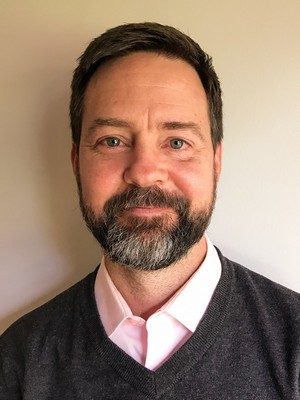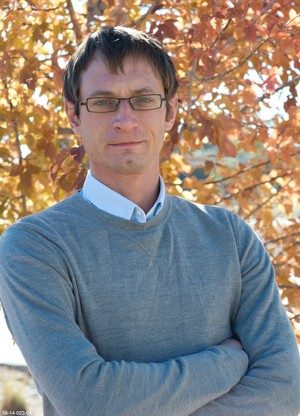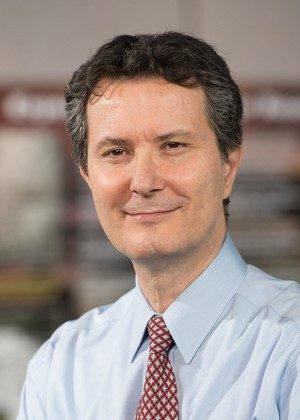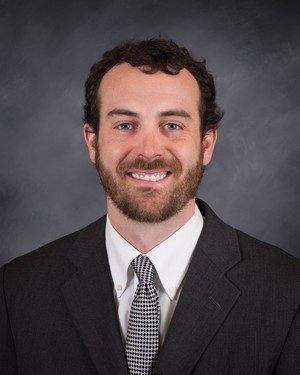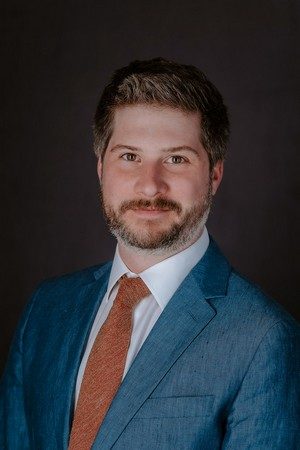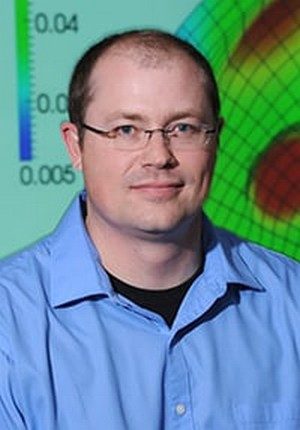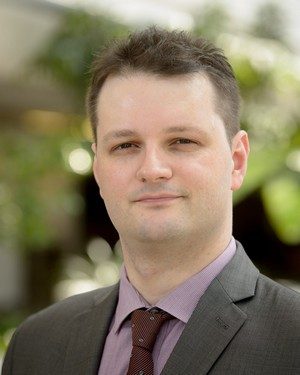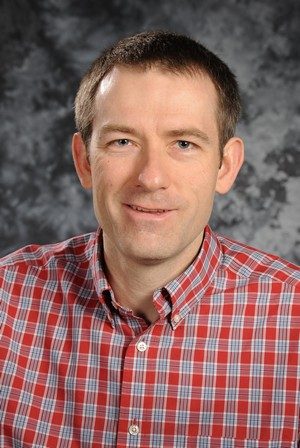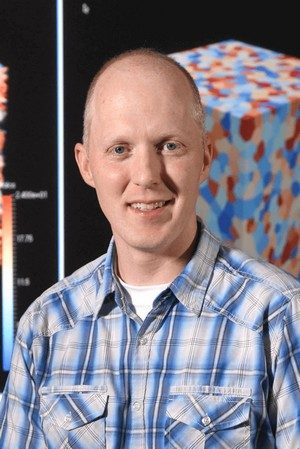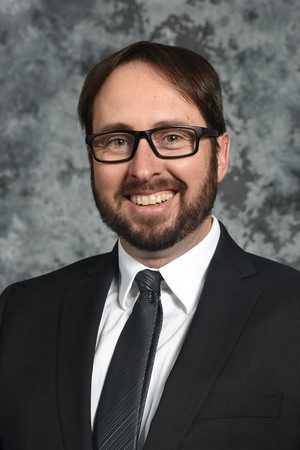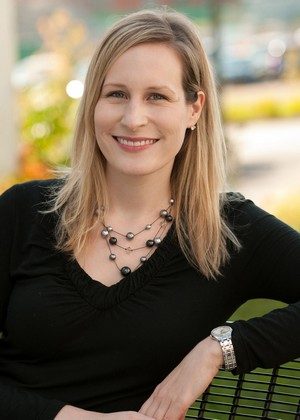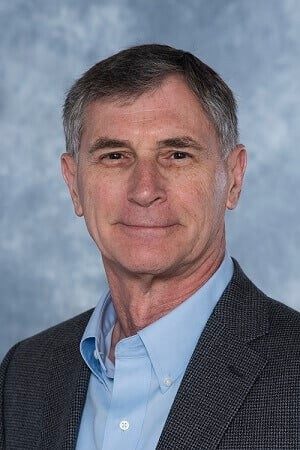Team
NEAMS Leadership Team
David Henderson
DOE NE-5 Federal Program Manager
Tanju Sofu
NEAMS Deputy Director
David Andersson
National Technical Director
2025 Annual Review: Fast Reactors
NEAMS Extended Leadership Team
Michael Cooper
Deputy Lead, Fuel Performance
Rui Hu
Deputy Lead, Thermal Fluids
Matthew Jessee
Lead, Reactor Physics
Elia Merzari
Lead, Thermal-Hydraulics
Stephen Novascone
Lead, Fuel Performance
Javier Ortensi
Deputy Lead, Reactor Physics
Cody Permann
Deputy Lead, Multiphysics Applications
Emily Shemon
Lead, Multiphysics Applications
Benjamin Spencer
Lead, Structural Materials & Chemistry
Ted Besmann
Deputy Lead, Structural Materials & Chemistry

